Dolce far Niente:
Embracing the Sweetness
of Doing Nothing
In our increasingly fast-paced world, the Italian philosophy of Dolce far niente — translated as the sweetness of doing nothing — offers a refreshing perspective on life. Embracing simplicity, relaxation, and the joy of living in the moment, this concept resonates with current global trends towards mindfulness, wellness, and work-life balance.
But how does this philosophy find its place in the realm of marketing? And how can businesses effectively leverage the Dolce far niente aesthetic in their communication? In this article, we will explore the essence of Dolce far niente and delve into practical strategies for integrating it into your marketing campaigns. Dive in for inspiration and a special collection of visuals that perfectly encapsulates the Dolce far niente aesthetic.


What is dolce far niente?
Dolce far niente isn’t just a beautiful Italian phrase but a lifestyle and mindset deeply entrenched in the Italian culture, known for its passion for life and leisure. However, it doesn’t imply laziness or idleness. Rather, it’s the conscious enjoyment of the present moment.
Dolce far niente encourages us to slow down and truly savor each moment, appreciate the beauty in simplicity, and consciously make time for relaxation. Consider the traditional Italian piazza, where people gather to socialize, enjoy an espresso, or simply observe life around them. This is Dolce far niente in practice — taking time out of the day to relax and connect with the community. Similarly, the Italian tradition of long meals, often stretching for hours, perfectly illustrates the preference for savoring moments over rushing through them.
The pandemic has accelerated the importance of a healthy work-life balance, encouraging many to reassess their priorities. Dolce far niente advocates for a balance that goes beyond just dividing time between work and personal life. It’s about taking the time to truly relax and recharge, which ultimately leads to improved productivity and a more satisfying life experience. Dolce far niente advocates for a balance that goes beyond just dividing time between work and personal life.

What is dolce far niente?
Dolce far niente isn’t just a beautiful Italian phrase but a lifestyle and mindset deeply entrenched in the Italian culture, known for its passion for life and leisure. However, it doesn’t imply laziness or idleness. Rather, it’s the conscious enjoyment of the present moment.
Dolce far niente encourages us to slow down and truly savor each moment, appreciate the beauty in simplicity, and consciously make time for relaxation. Consider the traditional Italian piazza, where people gather to socialize, enjoy an espresso, or simply observe life around them. This is Dolce far niente in practice — taking time out of the day to relax and connect with the community. Similarly, the Italian tradition of long meals, often stretching for hours, perfectly illustrates the preference for savoring moments over rushing through them.
In our increasingly fast-paced world, the Italian philosophy of Dolce far niente — translated as the sweetness of doing nothing — offers a refreshing perspective on life. Embracing simplicity, relaxation, and the joy of living in the moment, this concept resonates with current global trends towards mindfulness, wellness, and work-life balance.
But how does this philosophy find its place in the realm of marketing? And how can businesses effectively leverage the Dolce far niente aesthetic in their communication? In this article, we will explore the essence of Dolce far niente and delve into practical strategies for integrating it into your marketing campaigns. Dive in for inspiration and a special collection of visuals that perfectly encapsulates the Dolce far niente aesthetic.


What is dolce far niente?
Dolce far niente isn’t just a beautiful Italian phrase but a lifestyle and mindset deeply entrenched in the Italian culture, known for its passion for life and leisure. However, it doesn’t imply laziness or idleness. Rather, it’s the conscious enjoyment of the present moment.
Dolce far niente encourages us to slow down and truly savor each moment, appreciate the beauty in simplicity, and consciously make time for relaxation. Consider the traditional Italian piazza, where people gather to socialize, enjoy an espresso, or simply observe life around them. This is Dolce far niente in practice — taking time out of the day to relax and connect with the community. Similarly, the Italian tradition of long meals, often stretching for hours, perfectly illustrates the preference for savoring moments over rushing through them.
The pandemic has accelerated the importance of a healthy work-life balance, encouraging many to reassess their priorities. Dolce far niente advocates for a balance that goes beyond just dividing time between work and personal life. It’s about taking the time to truly relax and recharge, which ultimately leads to improved productivity and a more satisfying life experience. Dolce far niente advocates for a balance that goes beyond just dividing time between work and personal life.
The pandemic has accelerated the importance of a healthy work-life balance, encouraging many to reassess their priorities. Dolce far niente advocates for a balance that goes beyond just dividing time between work and personal life. It’s about taking the time to truly relax and recharge, which ultimately leads to improved productivity and a more satisfying life experience. Dolce far niente advocates for a balance that goes beyond just dividing time between work and personal life.
What is dolce far niente?
Dolce far niente isn’t just a beautiful Italian phrase but a lifestyle and mindset deeply entrenched in the Italian culture, known for its passion for life and leisure. However, it doesn’t imply laziness or idleness. Rather, it’s the conscious enjoyment of the present moment.
Dolce far niente encourages us to slow down and truly savor each moment, appreciate the beauty in simplicity, and consciously make time for relaxation. Consider the traditional Italian piazza, where people gather to socialize, enjoy an espresso, or simply observe life around them. This is Dolce far niente in practice — taking time out of the day to relax and connect with the community. Similarly, the Italian tradition of long meals, often stretching for hours, perfectly illustrates the preference for savoring moments over rushing through them.
The pandemic has accelerated the importance of a healthy work-life balance, encouraging many to reassess their priorities. Dolce far niente advocates for a balance that goes beyond just dividing time between work and personal life. It’s about taking the time to truly relax and recharge, which ultimately leads to improved productivity and a more satisfying life experience. Dolce far niente advocates for a balance that goes beyond just dividing time between work and personal life.
The pandemic has accelerated the importance of a healthy work-life balance, encouraging many to reassess their priorities. Dolce far niente advocates for a balance that goes beyond just dividing time between work and personal life. It’s about taking the time to truly relax and recharge, which ultimately leads to improved productivity and a more satisfying life experience. Dolce far niente advocates for a balance that goes beyond just dividing time between work and personal life.


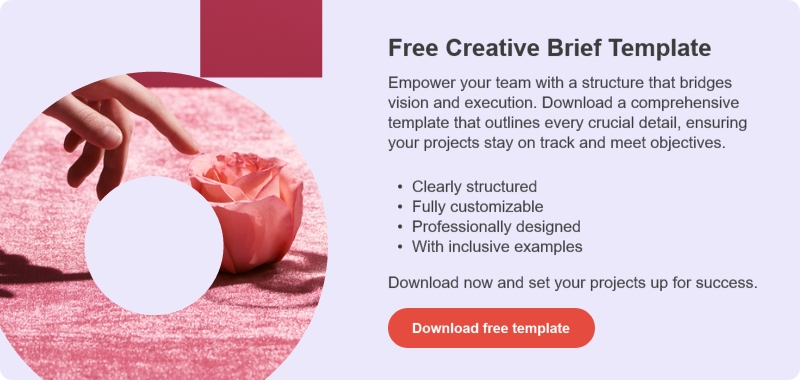


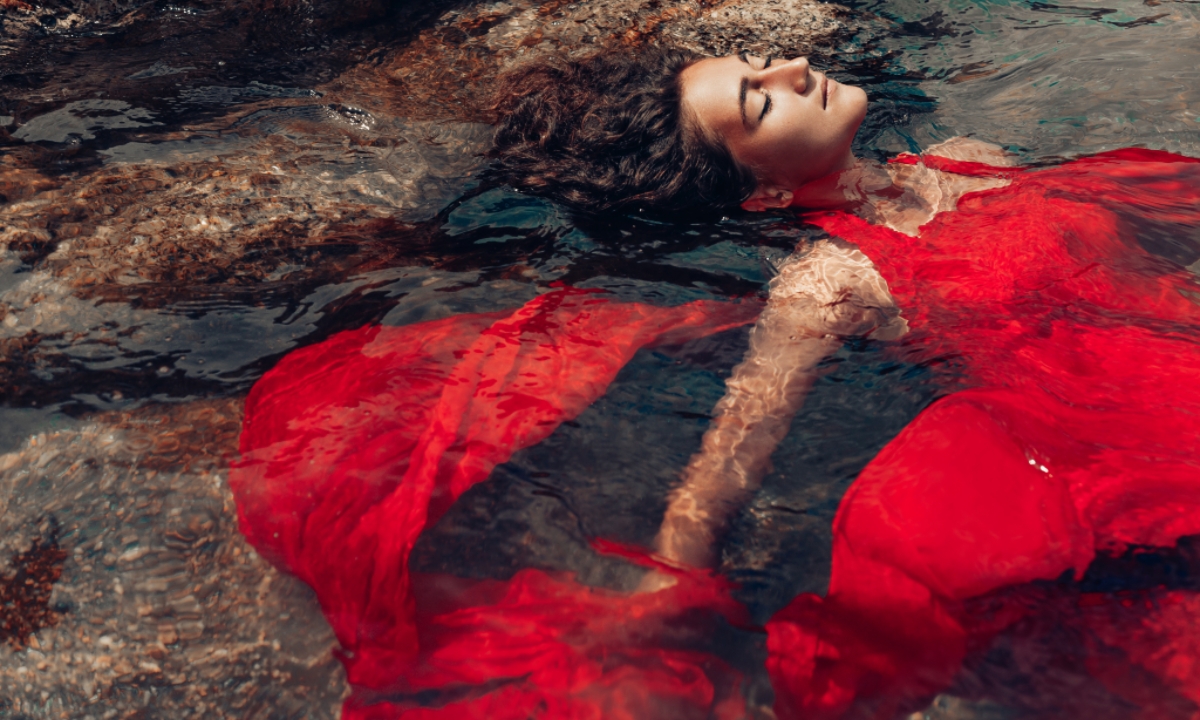
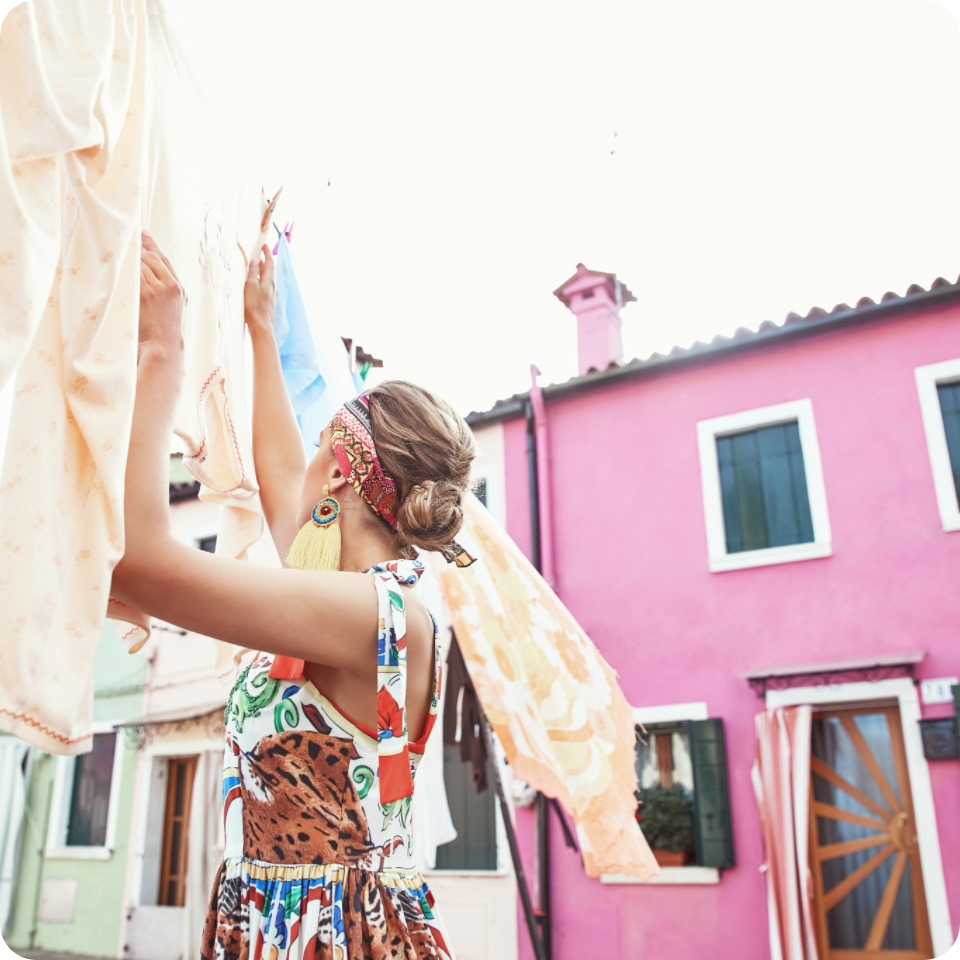
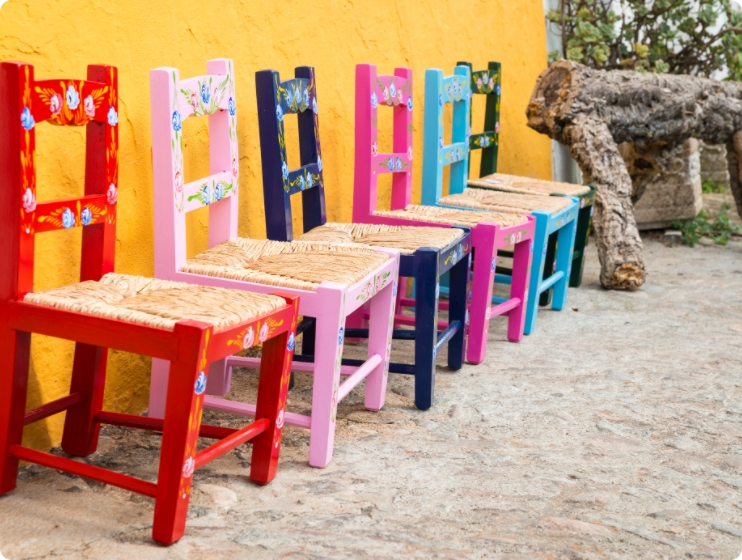

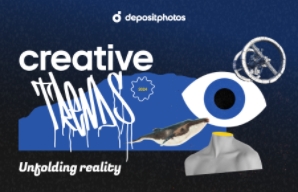
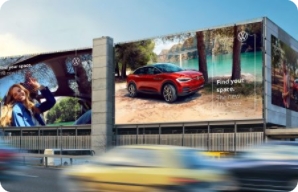

comment
answer
comment